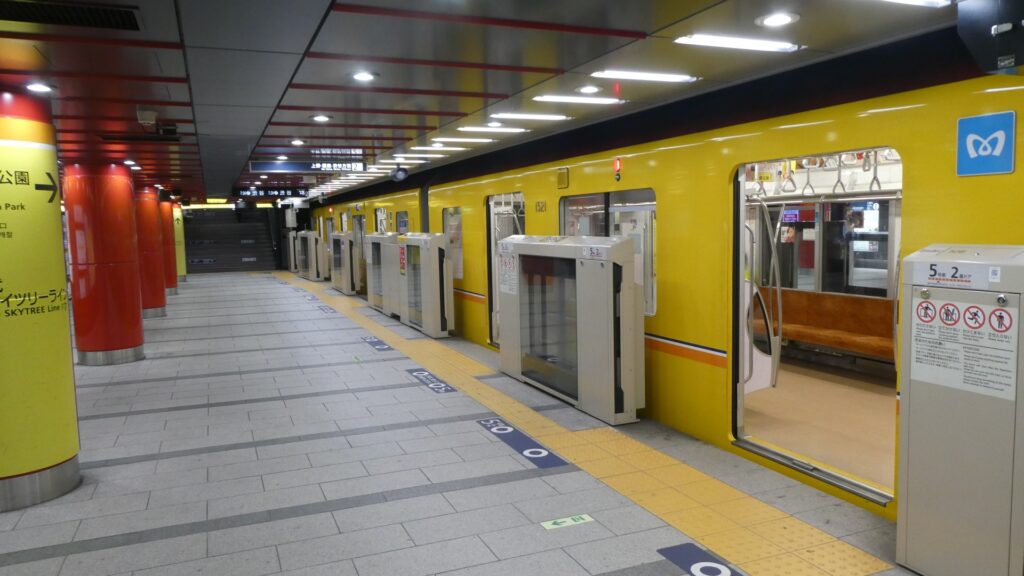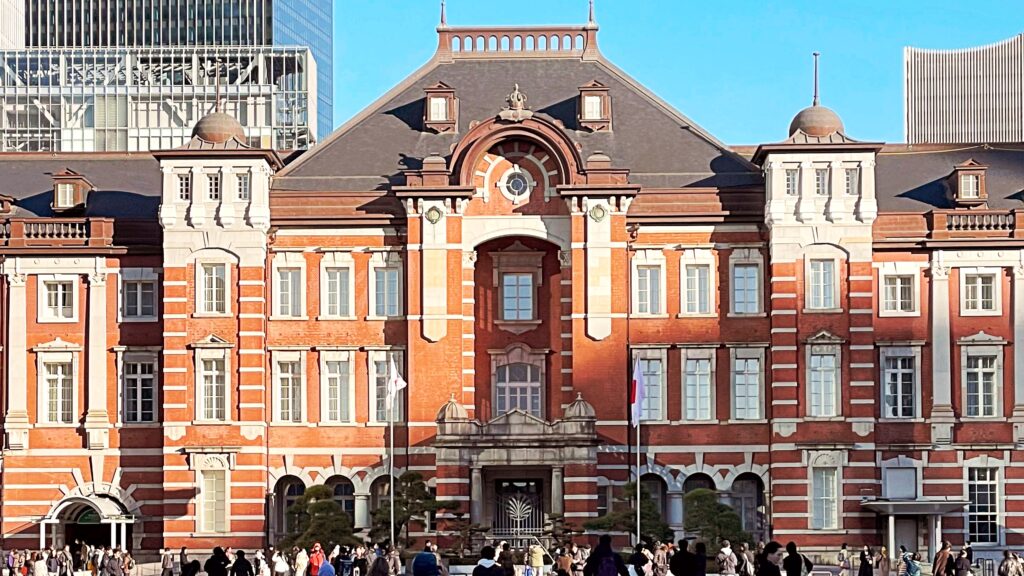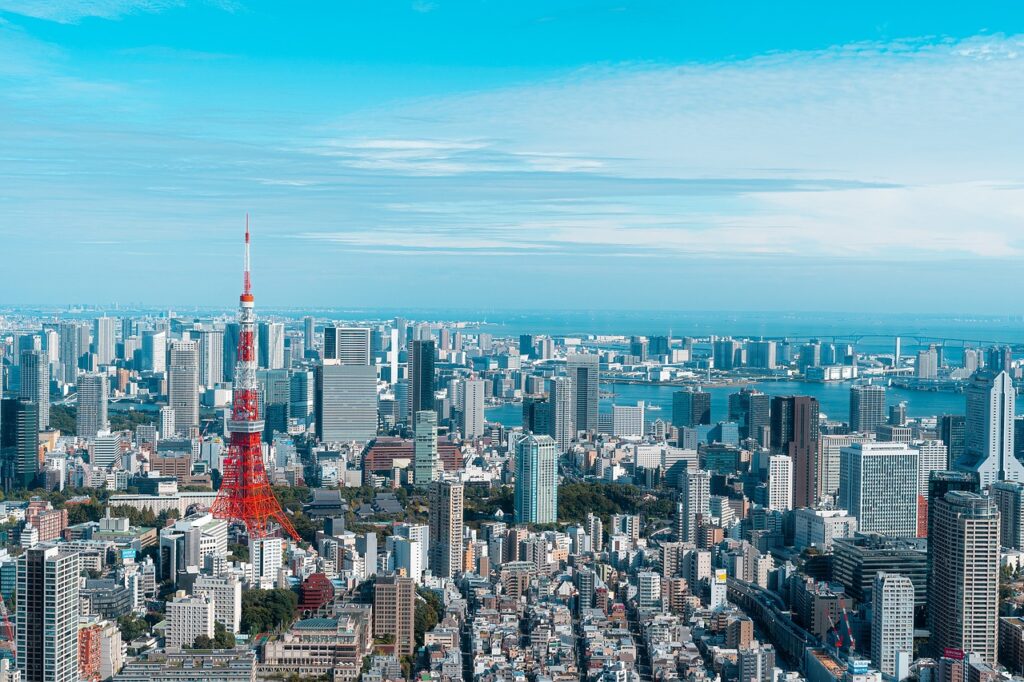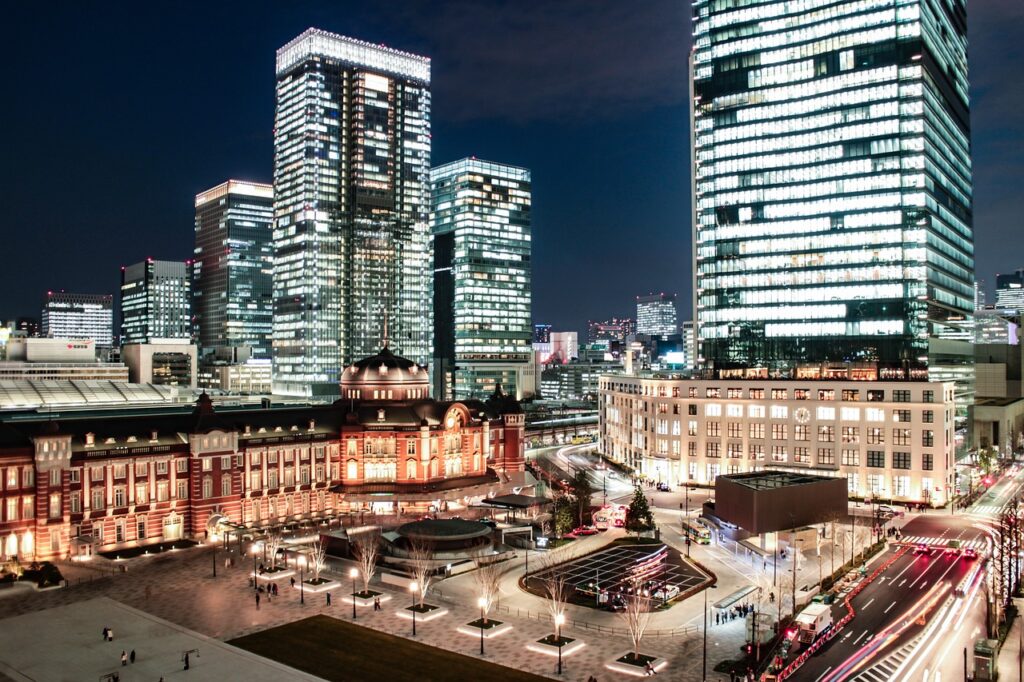Tokyo Metro Ginza Line: Your Complete Guide to Tokyo's Historic Subway
Imagine rushing through the dynamic heart of Tokyo, where dazzling neon lights blur outside the Tokyo Metro windows and each stop on the Tokyo subway reveals a new layer of the city’s rich cultural tapestry. The Tokyo Metro Ginza Line isn’t just a means of transportation—it’s a moving timeline, a vivid journey through the past and present of one of the most exciting cities in the world.
As the first Tokyo subway line and the oldest in all of Asia, the Ginza Line holds a special place in the history of urban transit in Japan. Since its opening in 1927, this iconic bright yellow line has become a vital artery of the Tokyo Metro, connecting historic neighborhoods with modern commercial hubs. Running from Asakusa Station, home to ancient temples and traditional street life, to Shibuya Station, a global hotspot for youth culture and nightlife, the Ginza Line elegantly bridges Tokyo’s traditional roots and futuristic energy.
Whether you’re a tourist planning your first visit to Japan or a seasoned explorer eager to dive deeper, the Tokyo Metro Ginza Line offers more than just convenience—it offers a curated experience of the Tokyo subway network. This legendary route leads you through must-see landmarks, local hidden gems, and everything in between, with a highlight on the vibrant Ginza district—Tokyo’s upscale shopping and cultural epicenter. In this comprehensive Tokyo Metro Ginza Line travel guide, we’ll uncover its fascinating history, explore the most important stations, share practical subway tips, and help you navigate Ginza and beyond like a local.
A Journey Through Time: The History of the Ginza Line
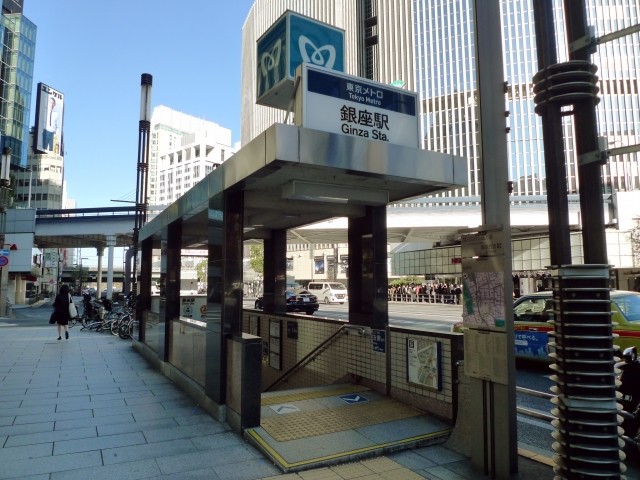
The Birth of Tokyo’s First Subway
In the early 20th century, Tokyo was undergoing rapid modernization, with growing populations and increasingly congested city streets. As the demand for efficient transportation soared, a visionary entrepreneur named Noritsugu Hayakawa proposed an innovative solution—an underground railway system that could bypass traffic and streamline urban mobility.
Inspired by subway systems in major cities like London and New York, Hayakawa’s dream was to bring a modern subway network to Tokyo, a concept that was groundbreaking at the time in Asia. After overcoming numerous financial difficulties, political resistance, and engineering challenges, construction of what would become Japan’s very first subway line finally began in 1925.
On December 30, 1927, the initial section of the Tokyo Metro Ginza Line officially opened to the public, running between Ueno Station and Asakusa Station. This 2.2-kilometer stretch marked a historic milestone—not only in Tokyo’s development but also in the evolution of public transportation in Japan and all of Asia. The success of this underground route set the stage for the expansion of the Tokyo subway system, which is now one of the most advanced and efficient networks in the world.
Post-War Growth and Modernization
Following the devastation of World War II, Tokyo underwent a dramatic period of reconstruction and urban growth. During this time, the Tokyo Metro Ginza Line played a key role in supporting the city’s redevelopment and increasing commuter demand. The line was extended westward in phases, ultimately reaching Shibuya Station in 1939, even before the war had fully escalated. However, after the war, the Ginza Line was modernized and integrated into Tokyo’s rapidly developing public transportation system.
Throughout the latter half of the 20th century, the Ginza Line saw several upgrades. These included the introduction of air-conditioned train cars, enhanced signal and safety systems, and the implementation of multilingual station signage to accommodate international visitors. The line also adopted automated train control systems, improving both efficiency and punctuality.
Today, the Ginza Line stretches approximately 14.3 kilometers, running from Asakusa Station in the northeast to Shibuya Station in the southwest. It consists of 19 stations, each strategically located in key commercial, historical, and cultural areas of Tokyo. From the luxury boutiques of Ginza to the arts and museums near Ueno, every stop offers a unique window into Tokyo’s diverse urban landscape.
Riding the Ginza Line: Practical Tips for Travelers
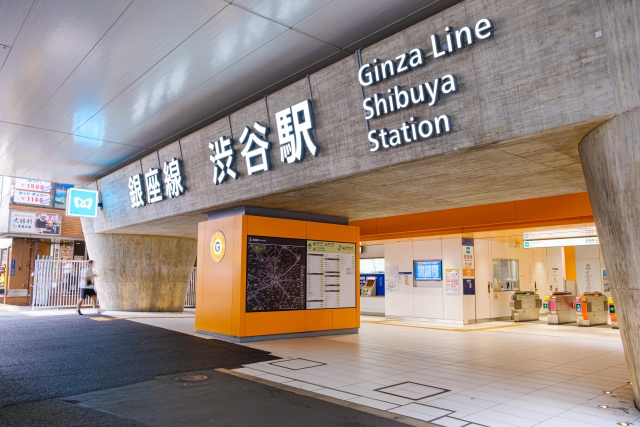
Tickets and IC Cards
You can ride the Ginza Line using:
- Single-ride tickets (purchased at machines)
- Tokyo Metro day passes for unlimited rides
- IC cards like Suica or Pasmo, which are rechargeable and convenient
If you plan to explore multiple stops in one day, a day pass or IC card is your best bet.
Navigation and Accessibility
The Ginza Line is marked in bright yellow and is easy to follow, with clear signage in both English and Japanese. Trains run frequently—about every 2–4 minutes during peak times. Most stations are equipped with elevators, escalators, and tactile paving, making the line accessible for all.
Subway Etiquette
- Don’t speak loudly or take phone calls on the train.
- Offer your seat to the elderly, pregnant women, or those with disabilities.
- Let passengers off before boarding.
- Keep your bags out of the way during busy hours.
Must-Visit Stations on the Ginza Line
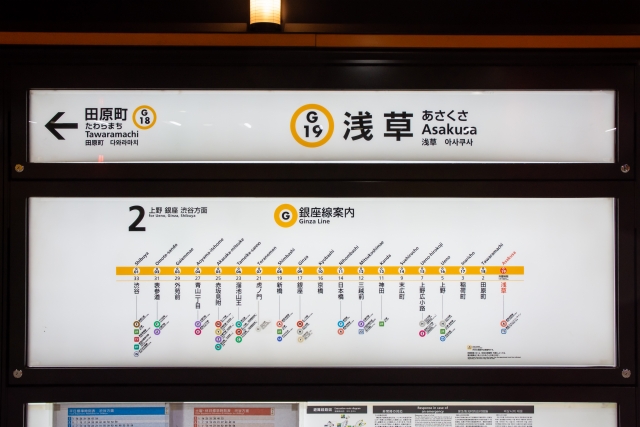
1. Asakusa Station
Start your journey in one of Tokyo’s most iconic districts. Asakusa is home to Senso-ji Temple, the city’s oldest and most beloved Buddhist temple, surrounded by the charming streets of Nakamise, filled with traditional snacks, souvenirs, and yukata shops. From here, you can also enjoy a relaxing Sumida River cruise. Asakusa offers a glimpse into old Tokyo and is a great introduction to the historical depth the city has to offer.
2. Ueno Station
A few stops away, Ueno is a haven for art, culture, and nature. Ueno Park is a large, beautiful green space that includes the Tokyo National Museum, Ueno Zoo, and several smaller art galleries. During spring, the park turns into one of Tokyo’s most popular cherry blossom viewing spots. It’s an excellent stop for those who want to mix cultural discovery with a tranquil city walk.
3. Ginza Station
No visit to Tokyo is complete without a stop in Ginza, the city’s upscale shopping and entertainment district. Here, you’ll find flagship stores of global luxury brands, sophisticated cafes, gourmet restaurants, and even traditional kabuki theaters. It’s a fascinating blend of modern elegance and Japanese refinement. The station is centrally located, making it easy to explore on foot.
4. Shimbashi Station
Often overlooked by tourists, Shimbashi is a favorite among Tokyo’s working professionals. It has a unique energy—especially in the evening—when salarymen and office workers head to local izakayas for food and drinks. It’s also historically significant as the site of Japan’s first railway terminal. The area mixes business, history, and nightlife in an authentic and vibrant way.
5. Aoyama-itchome Station
This stylish and serene area is known for its wide boulevards, modern architecture, and access to beautiful public spaces like Meiji Jingu Gaien. Aoyama-itchome is less touristy than other parts of Tokyo, which makes it a great place to take a breather, enjoy a coffee, or explore local galleries. It’s where Tokyo slows down a bit—but keeps its elegance.
6. Shibuya Station
The final stop on the line is perhaps Tokyo’s most famous: Shibuya. Known for its iconic scramble crossing, lively shopping scene, and buzzing youth culture, Shibuya is a high-energy district that never sleeps. Visit the Hachiko statue, browse the latest fashion, or explore the many cafes and entertainment spots. It’s the perfect spot to feel Tokyo’s pulse.
Why the Ginza Line is a Must-Ride in Tokyo
Whether you’re a first-time visitor or a seasoned Tokyo explorer, the Ginza Line is a fantastic way to experience the city’s unique blend of old and new. Its strategic route makes it easy to access top attractions, while its historical background gives every ride a sense of significance.
From the neon lights of Shibuya to the peaceful lanterns of Asakusa, the Ginza Line connects Tokyo’s past and present in one seamless journey. Hop aboard, explore freely, and let the Ginza Line show you the beating heart of Tokyo.
Plan your Tokyo adventure today and ride the Ginza Line—you’ll discover that every stop holds a story worth exploring. Experience Tokyo like a local—with the subway!
